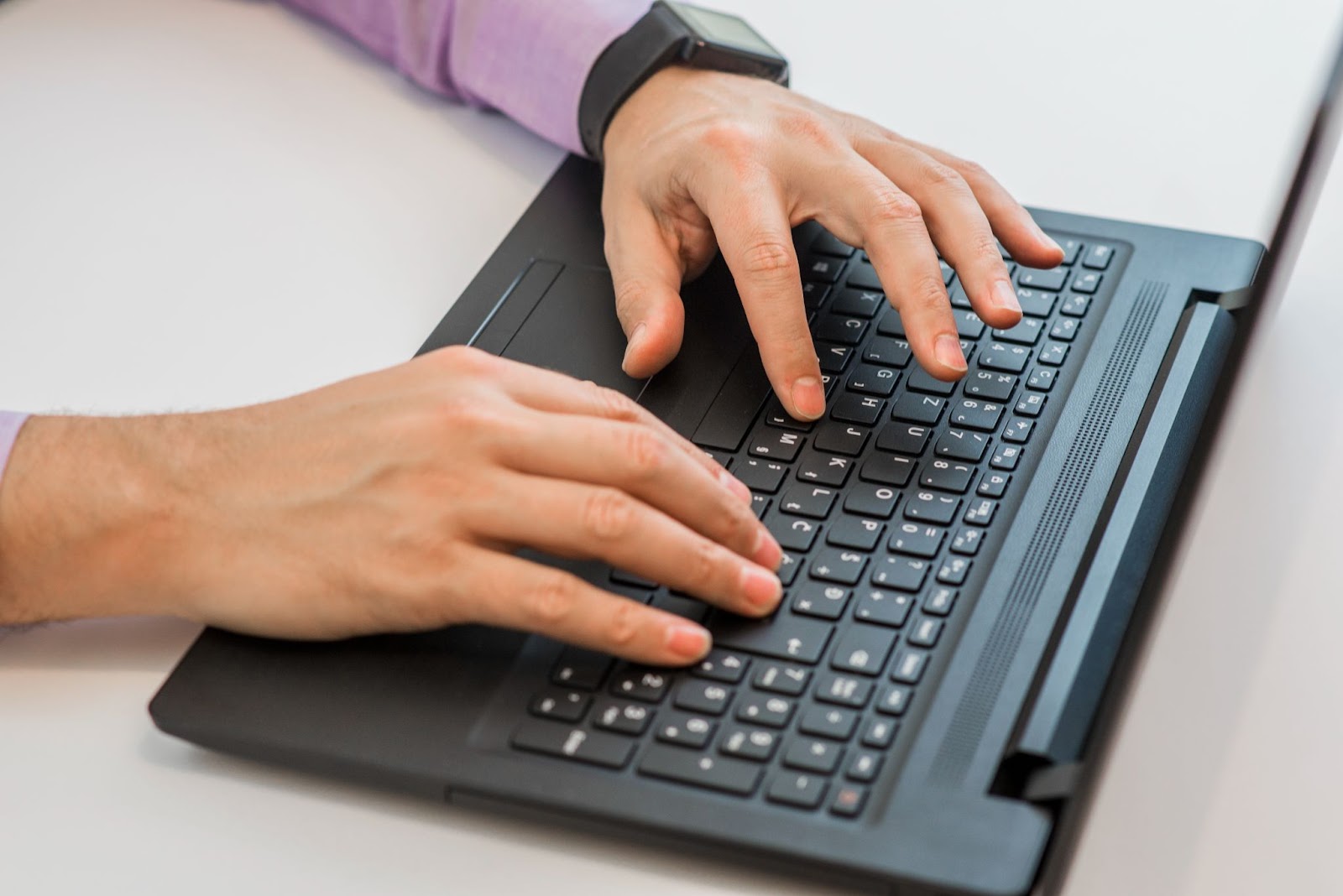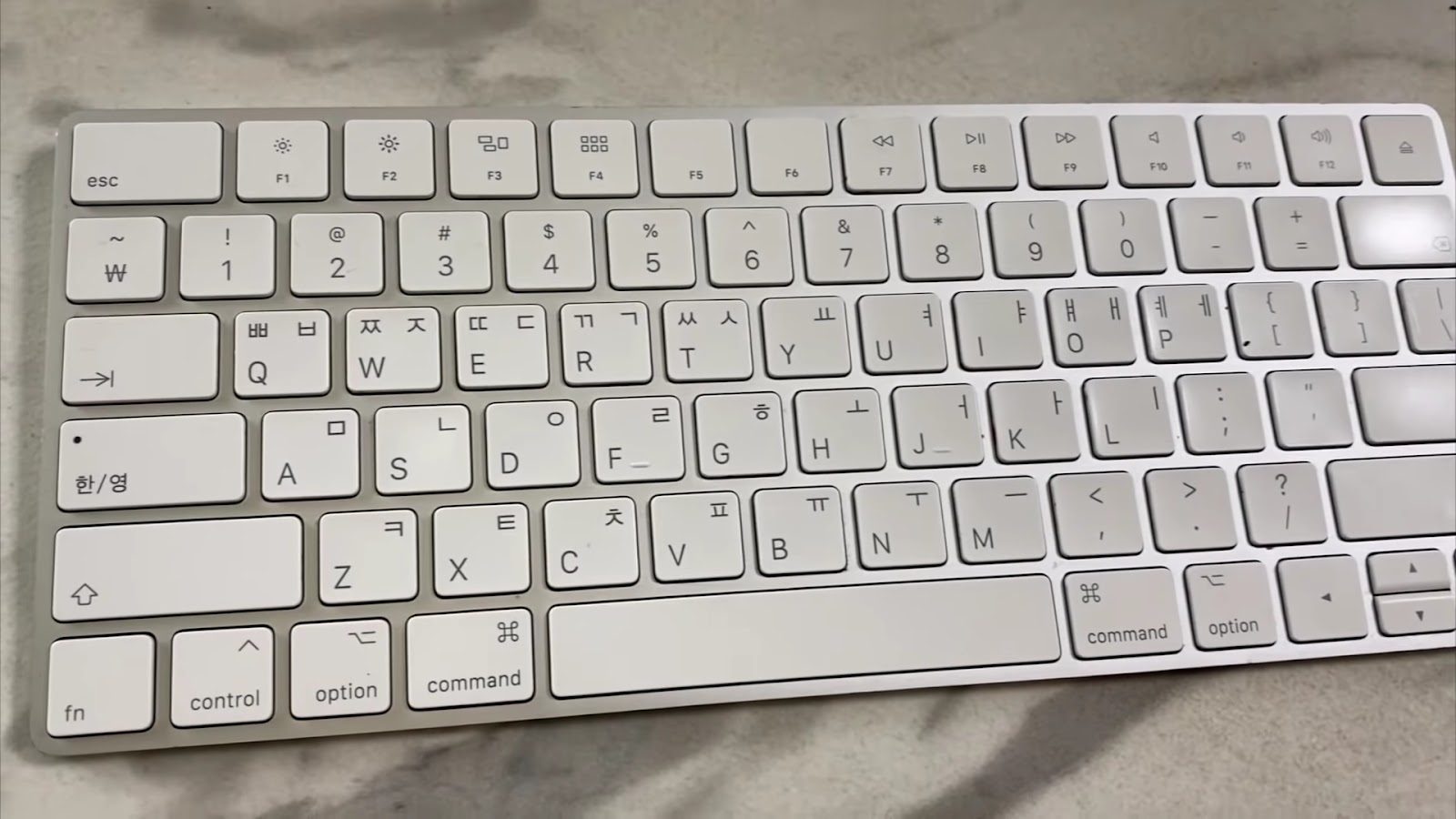Whether you’re polishing your Ukrainian skills or embarking on a new linguistic adventure, grasping the intricacies of keyboard layouts proves to be a pivotal initial stride. This piece aims to explore the realm of Ukrainian typing, acquainting you with its primary layouts and navigating you through their distinctive attributes.
Exploring the Uniqueness of the Ukrainian Keyboard Layout
The Ukrainian keyboard layout evolves from the Cyrillic script, a widely used writing system in various Slavic languages. This layout features numerous distinct characters and symbols specifically needed for the Ukrainian language. An intriguing characteristic of the Ukrainian keyboard layout is its incorporation of additional characters absent in the standard Latin alphabet, a script shared by English and numerous other languages.
Unique Characters in the Ukrainian Keyboard
Ukrainian keyboards host an array of specific characters. Let’s familiarize ourselves with some of these key characters:
- Ґ (Ghe with upturn): This unique character caters to the voiced velar stop sound in Ukrainian, showcasing the distinctiveness of the Ukrainian language;
- Є (Ye): Serving the functions of the phonetic sound “ye” as heard in “yes,” this symbol is crucial in Ukrainian typing;
- І (I): It stands for the vowel sound “i” in the Ukrainian context, much like its English equivalent;
- Ї (Yi): The character Ї is used in Ukrainian to represent the audio “yi,” highlighting the variety in pronunciations;
- Ё (Yo): Representing the sound “yo” in Ukrainian, this symbol shows similarities with “yo” in “yogurt.”;
- Щ (Shcha): This character embodies the consonant cluster “shcha” in Ukrainian language;
- Ь (Soft sign): This facet of the Ukrainian keyboard indicates the palatalization of the preceding consonant, demonstrating the intricate phonetic system of the Ukrainian language.
These characters, coupled with standard Cyrillic letters used in Russian and other languages, establish the distinctive and comprehensive nature of the Ukrainian keyboard layout. Learning these unique characters will empower your Ukrainian typing skills and speed, opening a new realm of linguistic experiences.
Discovering the Usage and Master Techniques of Ukrainian Keyboard Layout
The utilization of the Ukrainian keyboard layout goes beyond just recognizing the Cyrillic script. It involves understanding the placement and purpose of the unique characters and mastering certain typing techniques. Here are some insightful recommendations that can facilitate your typing journey on the Ukrainian keyboard layout:
Explore Keyboard Shortcuts
Understanding and applying keyboard shortcuts can significantly improve typing speed and ease of language switching. Usually, in Windows environments, the combination of Alt + Shift or Windows Key + Spacebar enables the switch between language inputs, including transitioning to the Ukrainian layout.
Embark on Regular Typing Practice
Just as the saying goes – practice makes perfect, this too applies to mastering the Ukrainian keyboard layout. Consistent typing practice enhances speed and precision. Numerous online platforms offer typing tutorials and games crafted explicitly for Cyrillic keyboards that can make learning fun and efficient.
Leverage Virtual Keyboards
In the absence of a physical Ukrainian keyboard, virtual keyboards emerge as a feasible alternative. The online realm is teeming with virtual keyboard options, as well as various software applications that provide a virtual Ukrainian keyboard. These digital platforms enable Ukrainian typing, even allowing the utilization of a mouse or touchscreen in place of a physical keyboard.
Capitalize on Keyboard Layout Customization
Some operating systems empower user customization when it comes to keyboard layouts. It’s possible to amend the layout to include specific characters that align with user preferences or typing requirements. This tailoring aspect enables a more personalized and efficient typing experience.
Expanding the understanding and efficient usage of the Ukrainian keyboard layout doesn’t have to be a daunting task. Incorporating these tips and insights into learning and practice sessions can significantly enhance the progress towards mastery.
A Comparative Study: Ukrainian Keyboard Layout vs Other Layouts
The Ukrainian keyboard layout brings forth a unique typing experience due to its basis in Cyrillic script. It stands in stark contrast to the predominantly used Latin-alphabet based keyboards, such as the QWERTY layout. The Ukrainian keyboard introduces several exclusive factors that set it apart:
Distinctive Alphabet
The Cyrillic script foundation of the Ukrainian layout differs vastly from the Latin alphabets used in English-oriented keyboards. Such divergence offers an array of unique characters best suited for Slavic languages like Ukrainian.
Enhanced Vowel Variation
In contrast to standard QWERTY keyboards, the Ukrainian keyboard accommodates an expanded variety of vowel sounds. This variety becomes evident with the presence of additional vowel characters like Є (Ye) and Ї (Yi).
Unique Consonant Clusters
The Ukrainian keyboard layout also hosts exclusive consonant combinations, such as Щ (Shcha), enhancing the phonetic range achievable.
Different Physical Layout
While the QWERTY layout forms the basis for many keyboards, the physical arrangement of keys in the Ukrainian keyboard diverges from this format, with both varying in the placement of specific letters and symbols.
Keyboard Shortcuts
Typically, keyboard shortcuts differ between layouts. Ukrainian keyboard shortcuts are designed in alignment with its unique characters and language requirements.
These distinguishing factors make the Ukrainian keyboard layout a fascinating field of study for language enthusiasts and typists alike. Understanding these differences can open doors to a more enriched and versatile typing experience, making it simpler to transition between languages and scripts.
Conclusion
When it comes to typing in Ukrainian, you have two primary choices: the conventional ЙЦУКЕН (YTSUKEN) layout and the phonetic layout. The conventional setup enjoys broader adoption and comes pre-installed on most devices; however, mastering the positioning of Ukrainian characters may require some practice. On the other hand, the phonetic layout offers a simpler learning curve for those accustomed to the English QWERTY layout, although it isn’t as prevalent among users. Your ideal selection hinges on your specific requirements and personal inclinations.



